#also I want to draw mullet fig now
Text
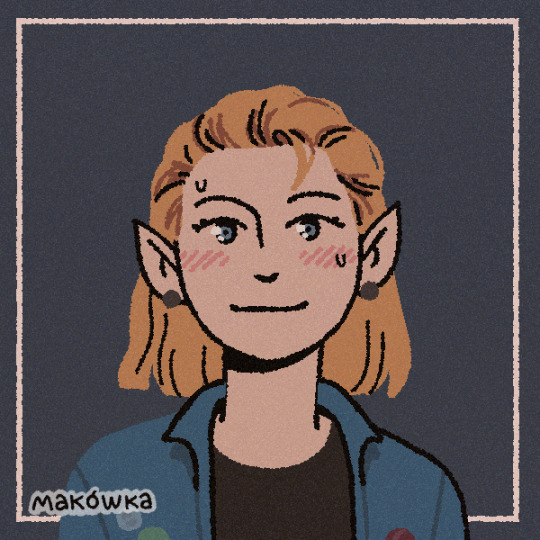
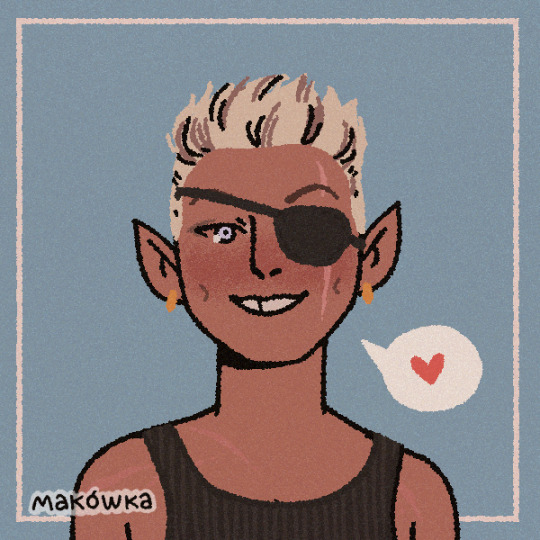

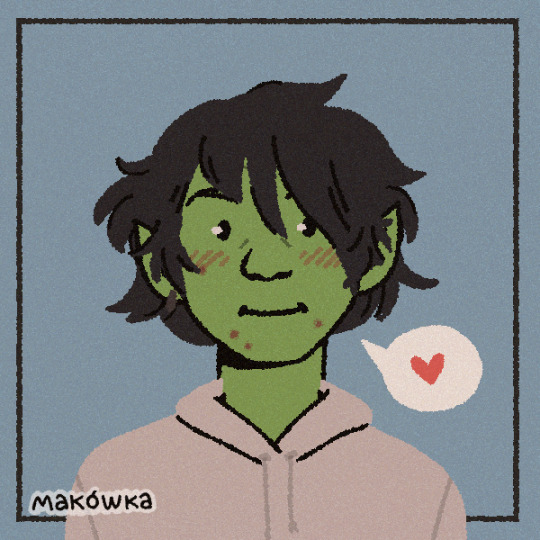


Made the fantasy high cast using this picrew because I’ve still got brainrot !!
#I wanna change som of my headcanon cus of this heehee#I wanna add more acne to my designs#but also I worry faces will look cluttered cus I draw such small close together faces hrmmm#also I want to draw mullet fig now#do you think fig’s normal hair could be a mullet and then she braids it?? or is it weird to have a super long mullet that can be braided#fantasy high#dimension 20#picrew#adaine abernant#fabian aramais seacaster#fabian seacaster#riz gukgak#gorgug thistlespring#fig faeth#figeroth faeth#kristin applebees
991 notes
·
View notes
Photo


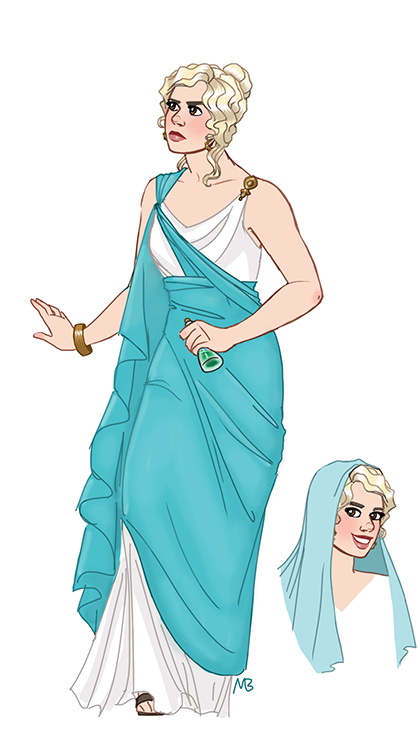
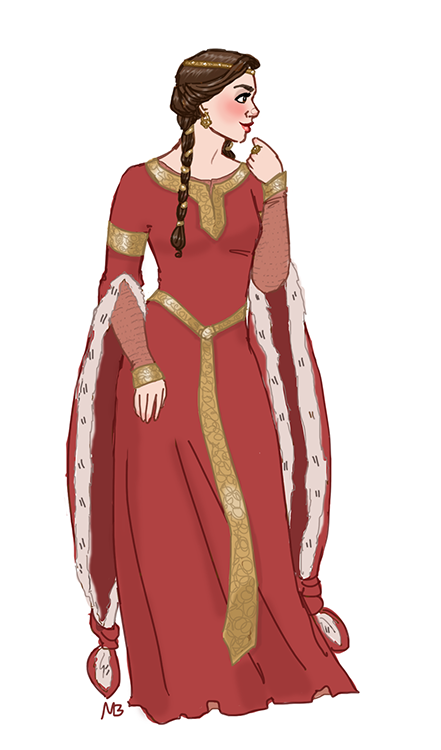





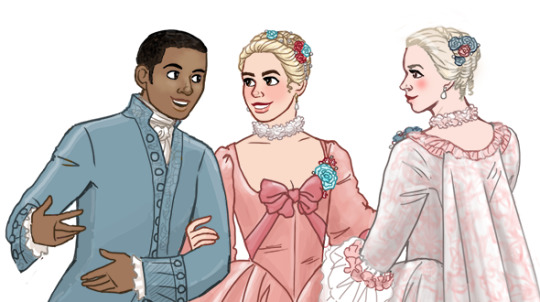
so after sketching out the doodle for this post upon the request of the lovely @chiaroscuroverse, I decided it was high time I finally got started on something I’ve been wanting to do for a while now. Thusly, I present to y’all the first installment of my sketch series New Who Companions in (Mostly) Historically-Accurate Period Costumes! :D
(clicky on the smaller images above to embiggen; clicky the read-more for costume history facts and assorted nerditude for each design!)
So long story short, I’m a big ol’ fashion history nerd, studied a good chunk of fashion history in the Western world during ye olde college days, and sometimes I like to think about what our New Who companions might have worn if they wanted to go mostly-historically-accurate in their old-world adventures. Below are some descriptions of what those costumes could have looked like, and a little bit of the historical context surrounding the ensembles. Thanks for joining me on this sartorial nerd-journey! <3
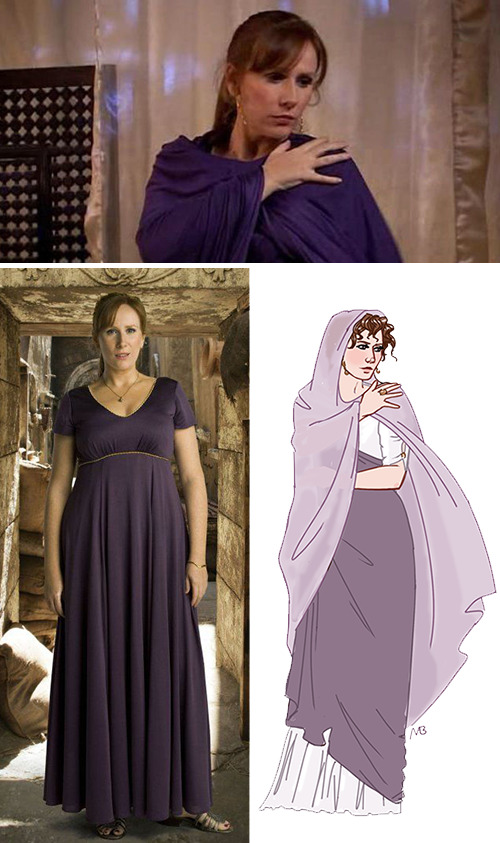
Fig. 1: Donna Noble, The Fires of Pompeii (Roman Empire, 79 AD)
So Donna’s original costume, while very pretty, is not accurate in any way; I can only imagine the designer was held back by some untold constraints (i.e. this costume is either constructed based on stylistic requests from Catherine Tate or it’s the product of executive meddling). Here, Donna wears a stola, i.e. a dress-like garment fastened with fibulae clasps and held in place with a girdle high above the waist. This garment would technically be worn by a married woman, to sort of show off her wealth and worth, but I figure Donna don’t give no shits about that, just give her the pretty dress already. She’s also wearing a palla, a shawl Roman women wore when going about their business outside. You would typically see the palla wrapped around the woman’s body to both accentuate her curves where desired, to hide her features when wanted (women might draw the hood close to the face to hide from unwanted male gazes), and to keep the material from dragging along the ground. The volume of fabric in the shawl signified a woman’s status; the more fabric, the wealthier the lady. Donna’s garments are fashioned from the finest material available, being linens imported from Egypt and silks imported from China.

Fig. 3: Bill Potts, The Eaters of Light (Scotland, c. 100 AD)
So, finding solid details on how women dressed in this time and place was fun,* but I did my best to sort of piece things together into a design that would make sense given the convergent influences and the materials (cloth/fibers, dyes, equipment) available in the area at the time. Basically, you’ve got a tunic cinched at the waist, and a woven cloak on top sporting a Pictish-type design, and simple jewelry fashioned from alloys that were commonplace at the time. Bill’s brooch and belt would definitely be met with approval from the other ladies; only peasant-women left the house without a belt.
* It was not fun. It was frustrating.

Fig. 2: Rose Tyler, The Stone Rose spinoff novel (Rome, 120 AD)
Rose’s garments and hair are intentionally sculptural in design, inspired by a series of Roman statues built around the time the story is set (I figured it was appropriate given the book’s plot!). Here she is wearing half of her Fortuna costume, on her way to save the Doctor (obv). Typically, a not-yet-married woman would only need to wear one layer (as unmarried women were, shall we say, low on the priority list in terms of Roman fashion), but here, on her way to being immortalized as the great Fortuna, an exception has been made for Rose; Marcia’s servants have draped, wrapped, and pinned some very fine material over Rose’s close-fitting tunica. Rose is also shown with a mantle, for covering her hair in public. Both Donna and Rose would have had their hair curled using a calamistrum, or an early curling iron, which varied in shape and style, but in this case likely would have actually been made of iron, and warmed over hot coals.
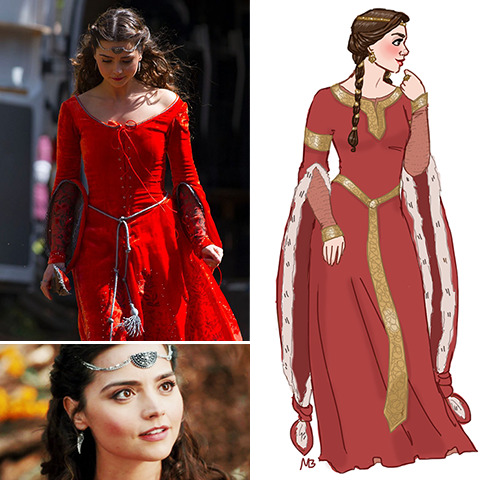
Fig. 4: Clara Oswald, Robot of Sherwood (England, 1190 AD)
Okay, so why did they make this look like a Halloween costume? It’s just, this episode clearly had a budget, the designer clearly did their homework, so who made what decision and where and when that led us to this? I mean, don’t get me wrong, it’s a nice Halloween costume! Like, one you would have to rent instead of buy, because she is le pricey. But I’m curious to know why the designer ventured so close to the actual periodwear without actually committing to it. Like the sleeves—the flare at the elbow suggests the overdress, or bliaut, is of French design, except those sleeves ain’t near big enough, neither in terms of volume or length. Sometimes these sleeves were so long, women would have to knot them to keep them from dragging the ground. If you don’t wanna deal with big sleeves for your action heroine, that’s fine, just go with a more English design, which forewent the exaggerated trumpet-shape in favor of something more subtle. The current shape just looks weird—like, it’s halfway there, but got tired and gave up. Then you’ve got the front-lacing on the bodice; this is a nope, and only enhances the Halloween/fancy dress look. Dresses would fasten on the side or in the back; if you were upper-class, you might be looking at a modesty panel to hide the lacing in the case of the latter. The hair is another instance of halfway-there; the top half is pretty good, with its center-part and the wraparound braid, but the loose bottom portion and the salon-curls are a big no-no. Curls weren’t really in vogue in the area at the time; ladies’ hair was worn long and braided, both to keep it out of the way and to show off elaborate styles. And last but certainly not least, why the heck is Clara’s circlet shaped the way it is? It’s like they took a necklace, situated it with a bunch of slack in the chain, and stuck it to her forehead using spirit gum. Would noble ladies have worn circlets/coronets at the time? Sure! Would they have been shaped (or stuck-on???) like that? Nope! The original ensemble is full of potential but it feels like someone somewhere along the decision-making process looked at the original, better design, said, “Eh, can you modernize (read: sex) that up for me?” and then this was born. Again, it’s not horrible, just, it could have been so much more.

/rant

Fig. 5: Amy Pond, Vampires of Venice (Italy, 1580 AD)
So I realize there’s a class difference between what Amy wore in the show and what’s depicted here, but I figured the upper-class depiction made more sense, given the fashions of the other young ladies accepted into Calvieri’s school. (That being said, Amy’s original outfit still isn’t quite there; this shows an example or two of what a working-class woman would wear at the time.) On the right, Amy is wearing a velvet gown over a petticoat; even though the color and bodice-shape denote a heavy Spanish influence, the dress would have been referred to as a French gown due to its fitted shape. Were Amy to go whole-hog and give herself some true mid-sixteenth-century hair, the front would be short, and regularly wound into tight, compact little curls, while the back was kept long, for elaborate braids and updos. That’s right--the sixteenth century was technically full of mullets. Mullets everywhere.
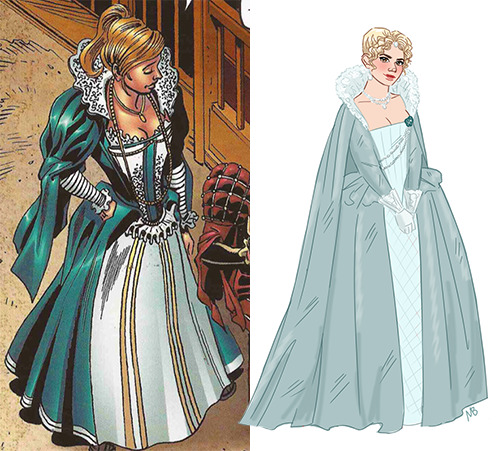
Fig. 6: Rose Tyler, A Groatsworth of Wit spinoff comic (England, 1592)
ok but the design in the comic, just

I don’t even understand why the artist drew it this way. It doesn’t make sense, not from a costume history perspective and not even from a design/fudging-the-details-for-the-sake-of-modern-sensibilities perspective. (Also from a perspective-perspective; dude’s having some major issues figuring out how foreshortening works, but that’s neither here nor there I suppose.) It would actually be way faster to focus on what this gown does right instead of wrong. So, let’s see here: it has a lace collar, which was a thing. It has a structured, paneled bodice; also a thing. Full layered skirt, that’s good. And, that’s officially it. The rest of this design is garbage. Like, why the eff is she wearing a ruffle as some kind of low-slung belt? Is that supposed to be cartridge pleating? What century are those sleeves supposed to be from? (Do those outer sleeves even? Show up in any century to speak of, outside of my nightmares???) If you’re going to do a lace cuff at the end of the fitted sleeve, why not do it right (i.e. like the way they actually looked at the time, which was usually in a cone shape flaring out from the wrist to the elbow)? Why would the artist imagine that Rose would go to the trouble of pouring herself into this 80’s-teal monstrosity without bothering to do anything to her hair except for a ponytail? What the fuck is up with the fucking boob lace??? See, I know the artist can draw actual historically accurate outfits, because Shakespeare in this comic looks fine. His shit’s pretty accurate. But for some reason, when it came to Rose’s dress, it’s like the artist lost their goddamn mind. (Don’t even get me started on the jewelry and accents, not if there’s a loving god in this universe)
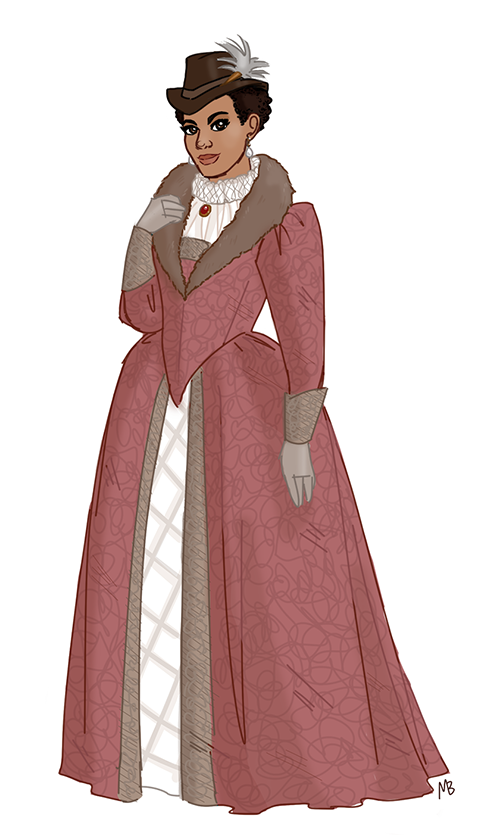
Fig. 7: Martha Jones, The Shakespeare Code (England, 1599)
So Martha has herself a lovely heavy brocade gown, trimmed in sable, accented with soft leather gloves, and topped with a cartwheel ruff round the neck. (Don’t worry; I imagine the TARDIS only carries ethically-harvested furs, like they’re grown in a lab somewhere or collected after critters have had a long and prosperous life or the hairs are vacuumed up and reconstituted by some futuristic device, etc. etc.) Elizabethan sumptuary laws dictated that folks had to dress according to social class, so depending on what your social class was, you may not have been legally permitted to wear things like silks, certain colors, certain furs, and more. Fashion was such a surging industry and indicator of wealth that, at the time, you had higher-ups selling huge swaths of land in order to have the money to dress themselves as well as possible--it was seriously that important to be fashionable. Martha’s garments indicate that she has pretty high social standing, given the materials used. Also, she wears a pretty bitchin’ hat.

Fig. 8: Yazmin Khan, The Witchfinders (England, 1612)
Yazmin’s dress sports a fashionably high-necked bodice featuring embroidered linen silk, topped with a standing collar and “wings” at the shoulders. The dark hues shown here were super-popular at the time due to a surge of obsession with melancholia in arts and literature. Yaz also wears a “Cavalier” style hat, accented with an ostrich feather. Her outfit is basically a riding-habit/hunting-habit, constructed with ease of movement in mind.
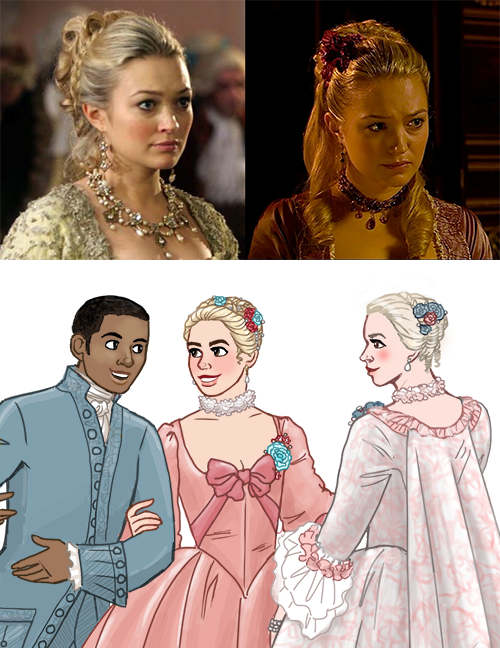
Fig. 9: Mickey Smith, Rose Tyler, and Reinette Poisson i.e. Madame de Pompadour, The Girl in the Fireplace (France, 1758)
Setting aside my many issues with this episode’s story/plot, the bugaboos I have with Reinette’s original costume design in the show are relatively minor, and I imagine can mostly be explained-away with stuff like “this is what the BBC already had on hand” and “goddamn that’s pretty.” Both pretty salient points! But I do think it’s interesting that the designer(s) went the way they did--Madame de Pompadour was actually famously not in favor of glittering gems (actually, she supposedly donated palace jewels to the French treasury more than once to help out during times of war); she tended to prefer fairly simple pearls as embellishment, instead. She also wasn’t really into big hair; obviously the styles shown here on Ms. Myles aren’t exactly Marie-Antoinette-big, but they’re definitely more voluminous and modernized than the styles the real-life MdP typically sported, which usually consisted of a slight pomp and fairly close-knit curls framing the face. (It’s also interesting that Moffat wrote her with such a heavy innuendo for sex/romance, because rumor had it she didn’t really actually enjoy things in the bedroom all that much, instead preferring to pull political strings, promote the arts, patronize motherfucking Voltaire!!!, help design architecture!!!, and keep the king constantly entertained and distracted so he literally didn’t royally fuck everything up. She was a very busy lady! Also she like. Paid contractors and artists on time? Instead of dicking them over with “credit” bullshit like other wealthy patrons??? Sorry she was just WAY more awesome than the show gave her credit for!) Anyhoo, long story short, Rose and MdP are shown here wearing gowns and hairstyles that are heavily inspired by those worn by the real-life MdP wore in some of her many many portraits.
Thanks for tuning in to my giant costume nerdfest; see you next time for part 2! <3 <3 <3
#donna noble#bill potts#rose tyler#clara oswald#amy pond#martha jones#yazmin khan#mickey smith#madame de pompadour#doctor who fanart#donna noble fanart#bill potts fanart#rose tyler fanart#clara oswald fanart#amy pond fanart#martha jones fanart#yazmin khan fanart#mickey smith fanart#madame de pompadour fanart#man i wanna post this right meow but the timing#al;kdsjflsakdjf#anyhoo this has been a lot of fun to work on#and this is the first time i've drawn amy! so that's fun#also this is an interesting illustration of How Colors Look Very Different On Different Computer Monitors#this computer (the ol' at-homer) is more saturated than my iphone or work computer so we'll seeeee how the colors turn out elsewhere lol#anyhoo more commentary in the read-more in the post#thanks for checking the post out! <3#mbb draws
373 notes
·
View notes